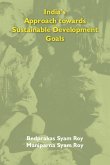
eBook, ePUB
30. Juni 2019
Kalpaz Publications
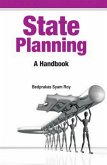
Broschiertes Buch
2. Dezember 2013
LAP Lambert Academic Publishing
Ähnliche Artikel

eBook, ePUB
11. März 2008
Bentham Science Publishers
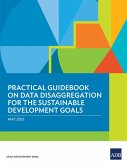
3,99 €
Sofort per Download lieferbar
eBook, ePUB
1. Mai 2021
Asian Development Bank
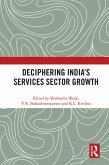
eBook, ePUB
18. November 2020
Taylor & Francis

10,95 €
Sofort per Download lieferbar
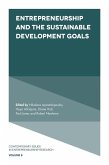
eBook, ePUB
8. Oktober 2018
Emerald Publishing Limited
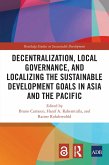
0,99 €
Sofort per Download lieferbar
eBook, ePUB
12. Oktober 2022
Taylor & Francis

eBook, ePUB
19. September 2016
Taylor & Francis
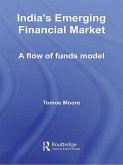
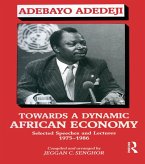
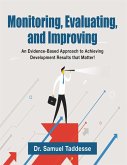
10,95 €
Sofort per Download lieferbar
eBook, ePUB
18. Juli 2017
Lulu Publishing Services
Ähnlichkeitssuche: Fact®Finder von OMIKRON
